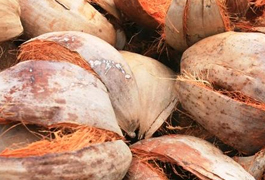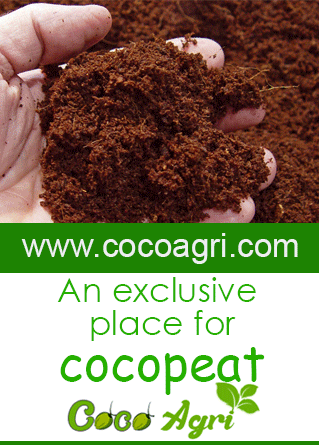The coconut palm, Cocos nucifera, is an erect palm in the family Arecaceae which is grown its fruits, used primarily for the extraction of coconut oil for use in cooking. The coconut palm has an erect or slightly curved stem which grows from a swollen base. The stem is smooth, light gray in color and has prominent leaf scars. The stem is topped with a crown of 60–70 spirally arranged leaves. The leaves are long (up to 7 m/23 ft), pinnately divided and composed of 200–250 tapering leaflets. The inflorescence is a spike produced at the leaf axil with 20–60 branches, each with a female flower at the base and many male flowers. The fruit is a drupe containing a single seed. It is ovoid in shape with three sides divided by ridges. The exocarp and the mesocarp make up the husk of the coconut. The seed is protected by a thick, stony shell, or endocarp, and is partially filled with a liquid known as coconut water. The edible endosperm is white and meaty and can be between 1.0 and 2.5 cm (0.4–1.0 in) thick. Coconut palms can reach a height of 30 m (98 ft), produce up to 75 fruits a year, and live for up to 90 years. The origin of the coconut is unknown although the center of genetic diversity lies in Southeast Asia.
- Find us
- Civil Station Ward, Alappuzha
- Call us today
- +91-9846 139 111
- Email us now
- cocomatsint@gmail.com
Coconut
Coconut

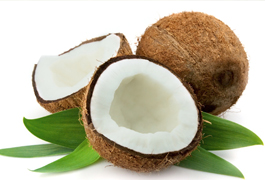
Coconut

Coconut
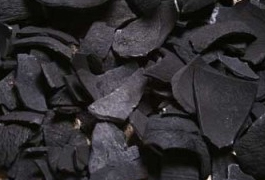
Coconut

Coconut

Coconut
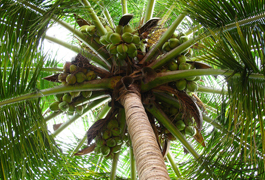
Coconut
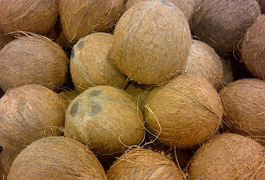
Coconut
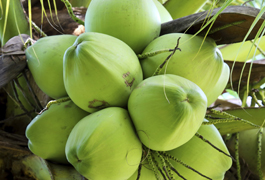
Coconut
